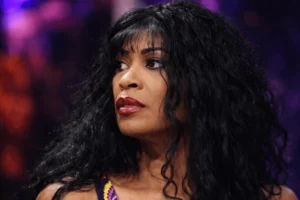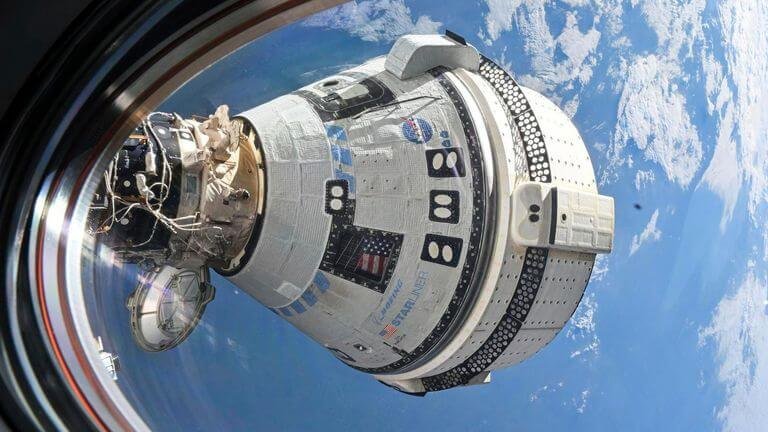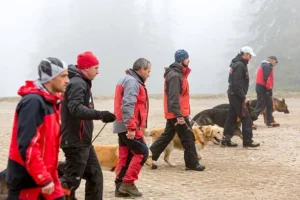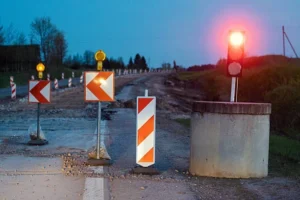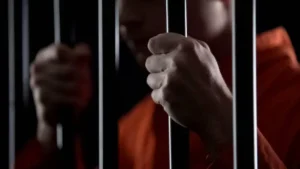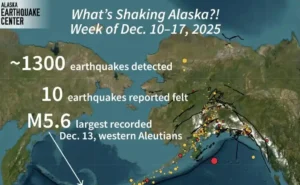Boeing’s Starliner spacecraft has landed safely back on Earth, but its intended passengers, astronauts Butch Wilmore and Suni Williams, remain stranded on the International Space Station. The empty capsule traveled autonomously after undocking from the ISS, its journey lasting six hours.
The Starliner’s maiden crewed mission was plagued by technical issues, including helium leaks and faulty thrusters. Despite months of troubleshooting, NASA deemed it too risky to transport the astronauts back to Earth. Instead, they will return on a SpaceX Crew Dragon in February, extending their eight-day stay to eight months.
NASA’s commercial crew program manager, Steve Stich, expressed mixed emotions about the landing. “We’re happy it landed safely, but we wish it had gone as planned,” he said. Stich acknowledged “clearly, there’s work to do” to resolve the Starliner’s issues.
The Starliner’s problems began shortly after launch on June 5. Boeing and NASA engineers struggled to understand the causes, but ultimately decided the spacecraft wasn’t safe for the return journey. The decision led to tension between Boeing and NASA, with Boeing arguing the Starliner could safely transport the astronauts.
Meanwhile, Wilmore and Williams are adapting to their extended stay on the ISS. They’re following exercise programs to stay healthy in the weightless environment and have received personalized gear and supplies. NASA’s Dana Weigel said the astronauts are in good spirits and have everything they need for their unplanned eight-month stay.
The Starliner’s issues are a setback for Boeing, which is struggling financially and reputationally after recent incidents and accidents. However, NASA remains committed to the spacecraft, emphasizing the importance of having two American companies transport astronauts to space. With SpaceX’s Crew Dragon already proven, Boeing’s Starliner must overcome its technical challenges to become a reliable option.

